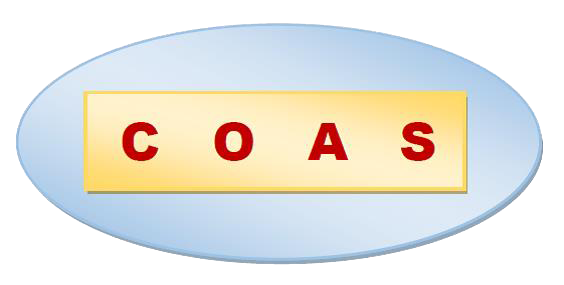
OPEN JOURNAL FOR INFORMATION TECHNOLOGY (OJIT)
ISSN (Online) 2620-0627 * ojit@centerprode.com
 |
Center for Open Access in Science (COAS) OPEN JOURNAL FOR INFORMATION TECHNOLOGY (OJIT) ISSN (Online) 2620-0627 * ojit@centerprode.com |
The Impact of Information Communication Technology (ICT) on Procurement Processes: Case of Zimbabwean Urban Councils (2009 to 2018) Shakespear Mabhodha * mabhodhashakespear@gmail.com * ORCID: 0000-0002-3858-7666 Farai Choga * chogaf@zou.ac.zw Open Journal for Information Technology, 2021, 4(1), 25-34 * https://doi.org/10.32591/coas.ojit.0401.03025m LICENCE: Creative Commons Attribution 4.0 International License. ARTICLE (Full Text - PDF) |
ABSTRACT: KEY WORDS: Information Communication Technology, e-procurement, council. CORRESPONDING AUTHOR: |
REFERENCES: Adebanjo, D., Tickle, M., Lin, Y., & Bourlakis, M. (2016). E-business capabilities in developed and developing countries: Different or the same? In Management of Innovation and Technology (ICMIT), 2016 IEEE International Conference on IEEE (pp. 19-24). Ambe, M. I. (2016). Public procurement trends and developments in South Africa. Research Journal of Business and Management-(RJBM), 3(4). Auramo, J., Kauremaa, J., & Tanskanen, K. (2005). Benefits of IT in Supply Chain Management- an Explorative study of progressive Finnish Companies. International Journal of Physical Distribution and Logistics Management, 35(2). Bertschek, I., Cerquera, D., & Klein, G. J. (2013). More bits- more bucks? Measuring the impact of broadband internet on firm performance. Information Economics and Policy, 25, 190-203. Brooks, F. D. (2004). Enterprise systems and the supply chain. Journal of Enterprise Information Management, 17(1), 8-19. Cheptora, N. C. (2018). The impact of information and communication technology on procurement performance in manufacturing firms in Kenya. International Journal of Academic Research in Business and Social Sciences, 8(9), 605-616. Chigudu, P. (2014). Public procurement in Zimbabwe: Issues and challenges. Journal of Governance and Regulation, 3(4), 21-26. Chimberengwa, P. T. (2015). Procurement processes at Gwanda Provincial Hospital, Matebeleland South Province Zimbabwe. Audit Journal of Public Health and Epidemiology, 2, 1018. Craig, R., Carter, C. R., & Washispack, S. (2018). Mapping the path forward for sustainable supply chain management: A review of reviews. Journal of Business Logistics, 39(4). Davis, F. D. (2011). State of the manufacturing sector: CZI Report, Harare. Perceived usefulness, ease of use and user acceptance of information technology. Harare: Confederation of Zimbabwe Industries Report. Dzuke, A., & Naude, J. A. (2017). Problems affecting operational procurement process: A study of Zimbabwean public sector. Journal of Transport and Supply Chain Management, 11, 255. Kamel, S. (2014). The use of information technology to transform the banking sector in developing nations. Information Technology for Development, 11(4), 305-312. Lysons, K., & Farrington, B. (2012). Purchasing and supply chain management. Essex: Pearson Education. Musanzikwa, M. (2013). Public procurement system challenges in developing countries: The case of Zimbabwe. International Journal of Economics, Finance and Management Sciences, 1(2), 119-127. Mushanyuri, B. (2014, September 19). Features opinions and analysis-call for procurement system review. Retrieved 30 March 2020, from The Herald: http://www.herald.co.zw. Nair, P. R. (2012). RFID for supply chain management. CSI Communications, 36(8), 14-18. Varma, T. N. (2014). Information technology in supply chain management. Journal of Supply Chain Management. Waigwa, M. W., & Njeru, A. (2016). Factors influencing management of procurement contracts in public security agencies: A case of Kenya Police Service. International Academic Journal of Procurement and Supply Chain Management, 2(2), 20-40.
|
© Center for Open Access in Science